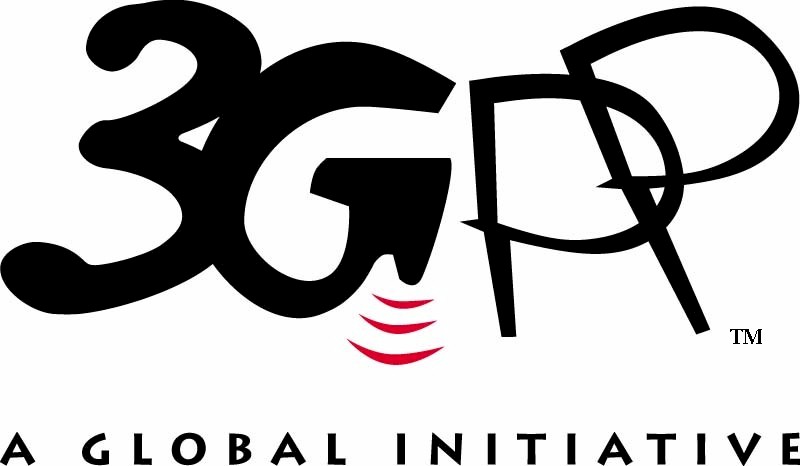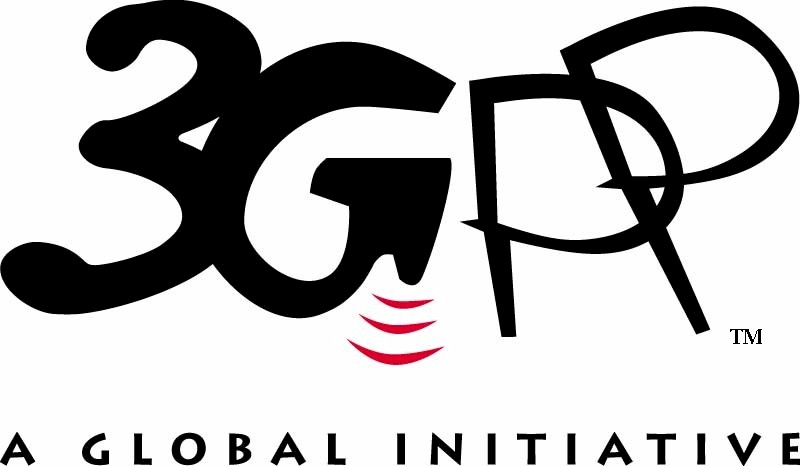This 3GPP SA1 Study Item (SID) for Release 17 focuses on updating and improving existing requirements for asset tracking, covering a larger variety of use cases.
Its main goals are to:
- Describing asset tracking use cases, e.g. pallets, containers, crates, parcels, luggage with an emphasis on those use cases bringing new potential requirements and new KPIs to be supported by 5G communication services.
- Identifying new potential requirements to be fulfilled.
Asset tracking encompasses distinct use cases such as pallets, trolleys, creates, containers, parcels and security asset tracking but also luggage, vehicles and even animals (pets/farm livestock) tracking.
Asset tracking is a huge market (billions of units) and mostly untapped by 3GPP technology. These assets are often not stationary: they are transported all over the world by different kinds of vehicles. Assets are also moved inside various types of buildings. Ownership may change many times during the lifecycle of the asset as different stakeholders take possession of the assets and pass them on to other stakeholders along the supply chain and value chain.
The emergence of the sharing economy also implies that one asset can be used by different people, which further amplifies the need for asset tracking. Hence, many stakeholders want to track their assets anytime and anywhere (indoor and outdoor) in a global and multi-modal context (sea, air, road, rail).
Gap filling and evolutions: 3GPP has already addressed asset tracking aspects:
- In the context of Release 14: Feasibility Study on New Services and Market Technology Enablers (TR 22.891).
- In the context of Release 16: Communication for Automation in vertical domains (TR 22.804).
- In the context of Release 16: Feasibility Study on Business Role Models for Network Slicing.
These requirements only cover a few asset tracking use cases. This new SA1 Study thus further investigates the asset tracking topic, with a view to identifying missing features and requirements for fulfilling as many asset tracking use cases as possible.
- The rapporteur is NOVAMINT. Supporting Individual Members (SIMs) include EU-based organisations such as Thales, TNO, KPN, b-com, Philips, Siemens and the European Space Agency (ESA) alongside global supply-side companies.
3GPP New Study on Asset Tracking Use Cases
https://www.3gpp.org/dynareport/TSG-WG--SP--wis.htm?Itemid=479











